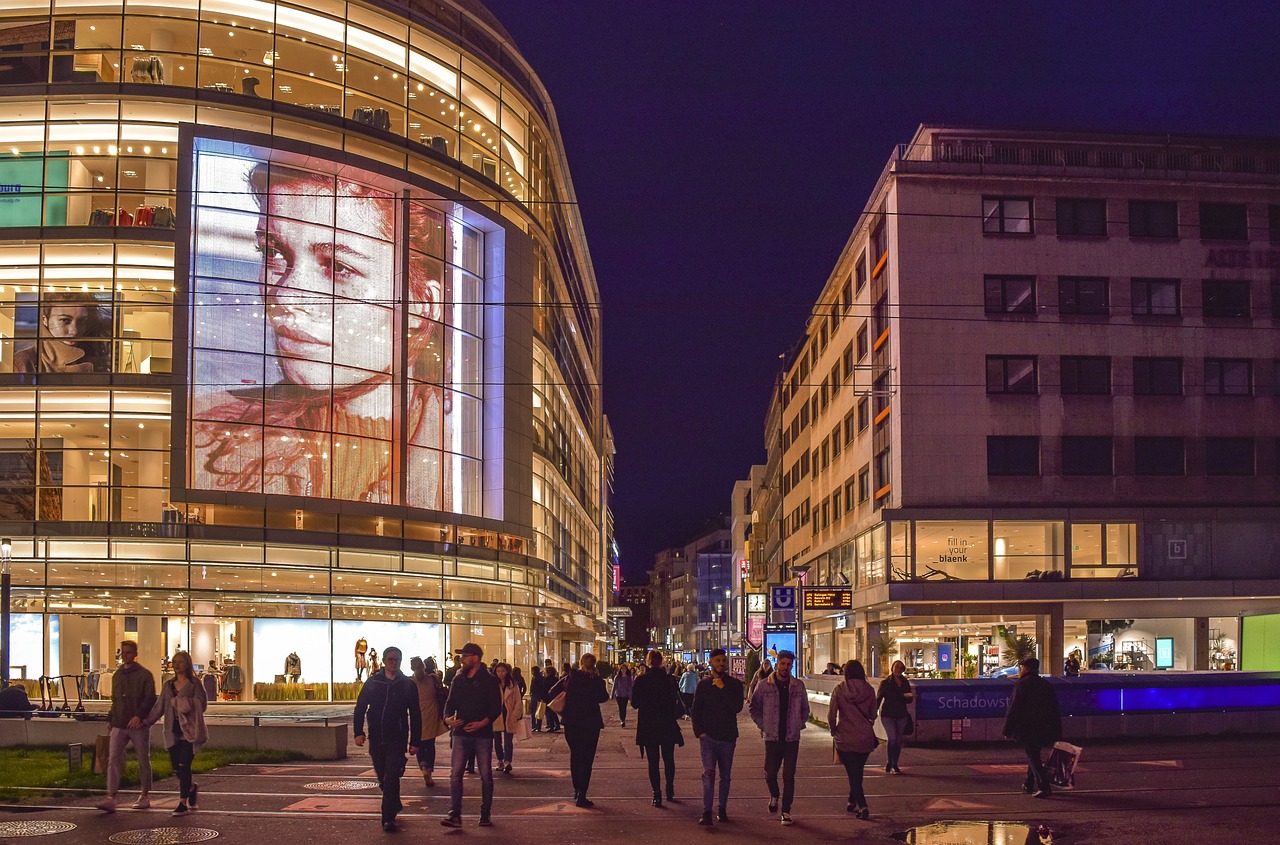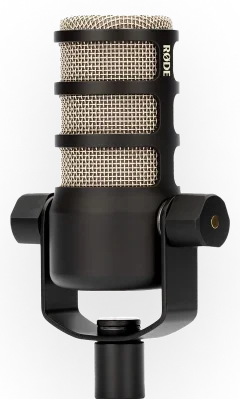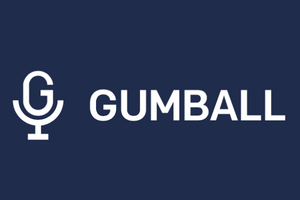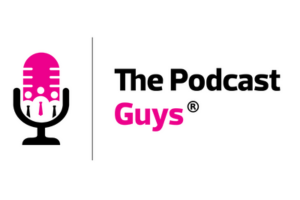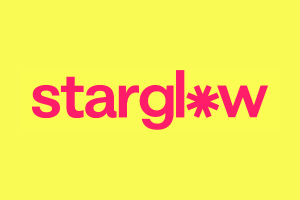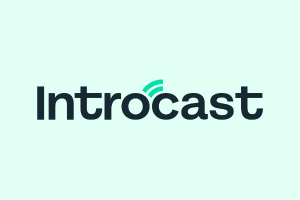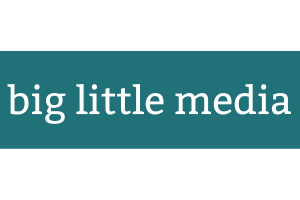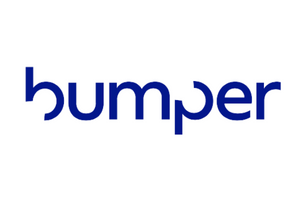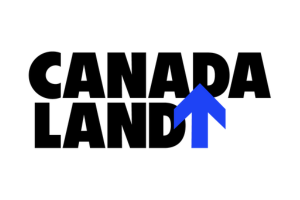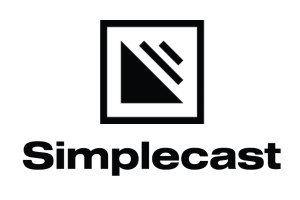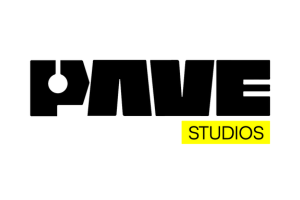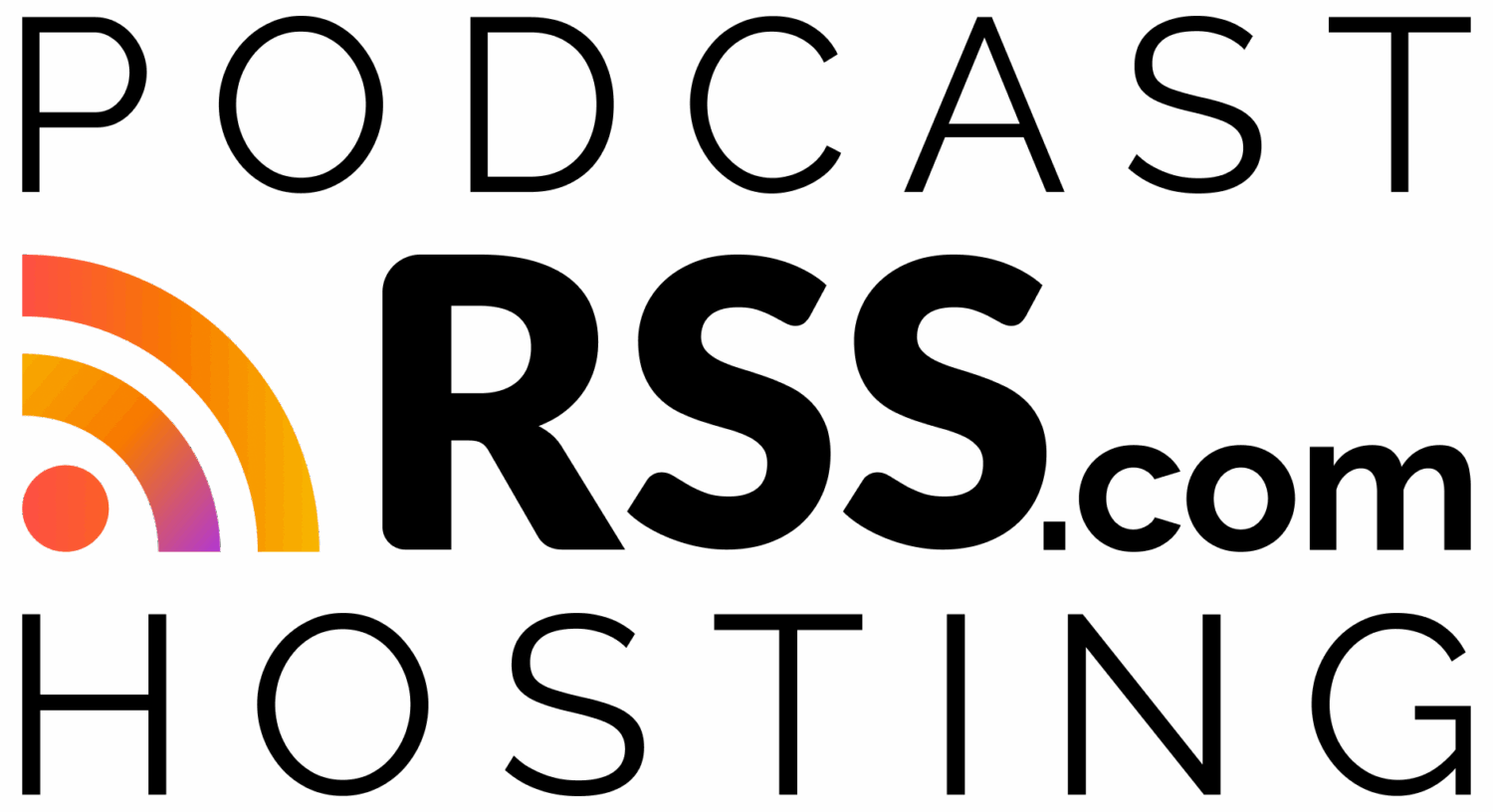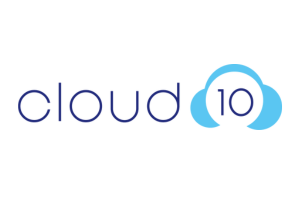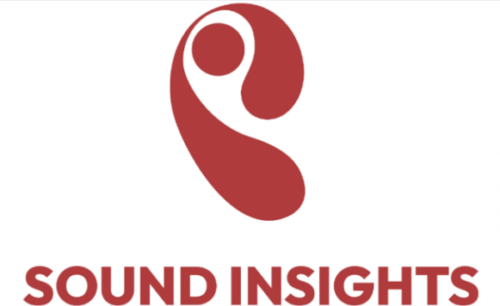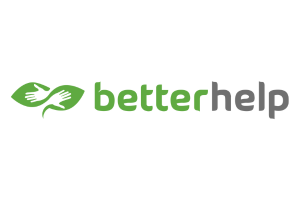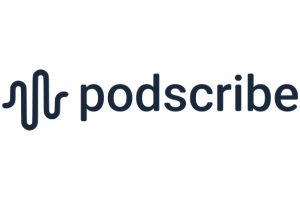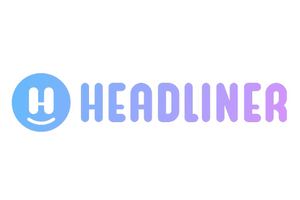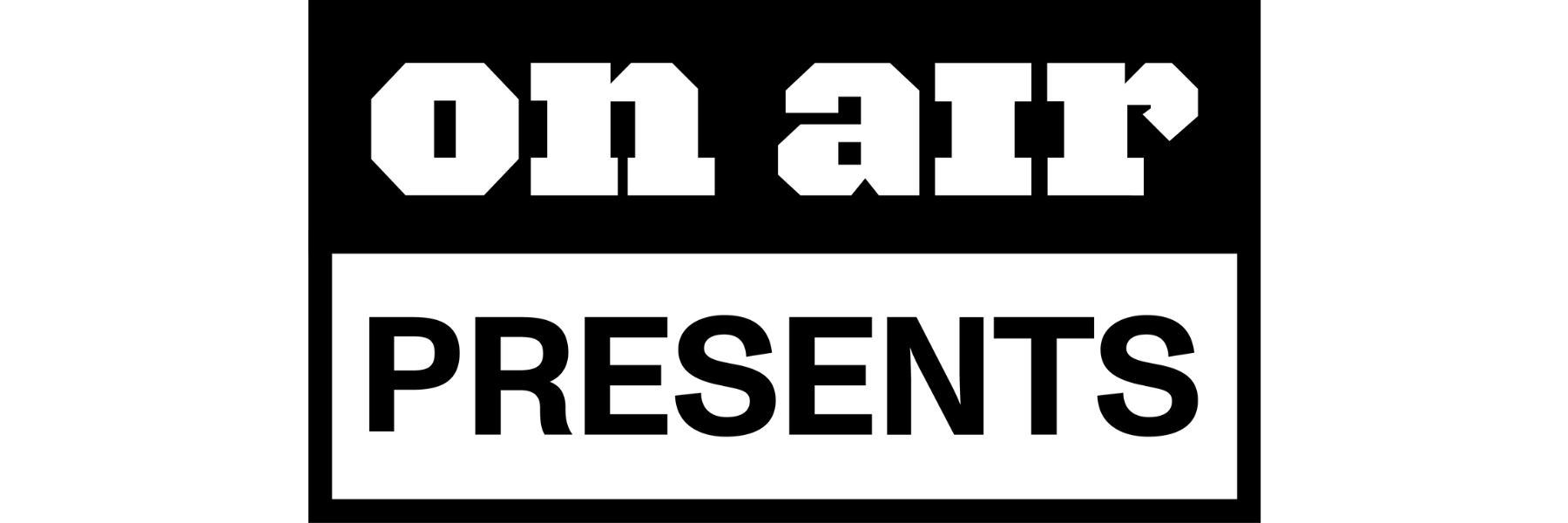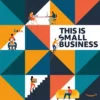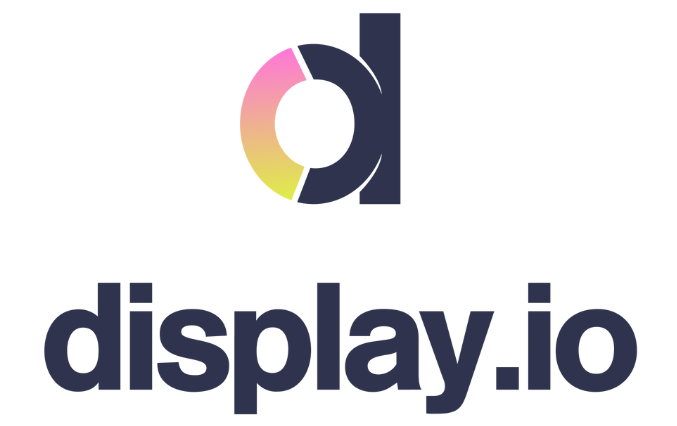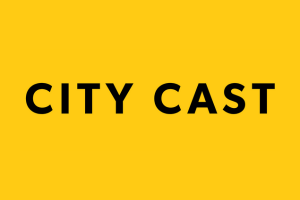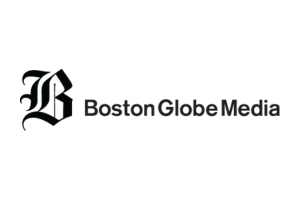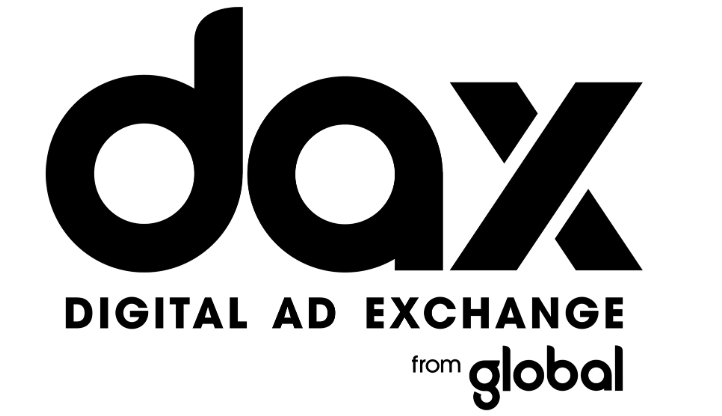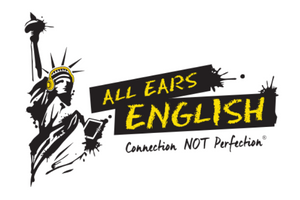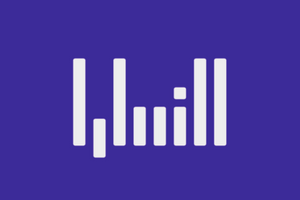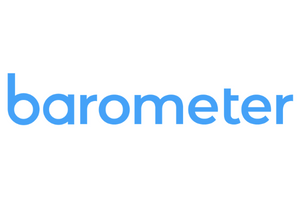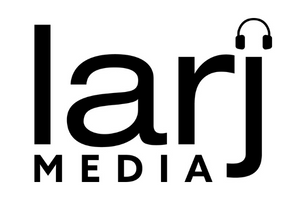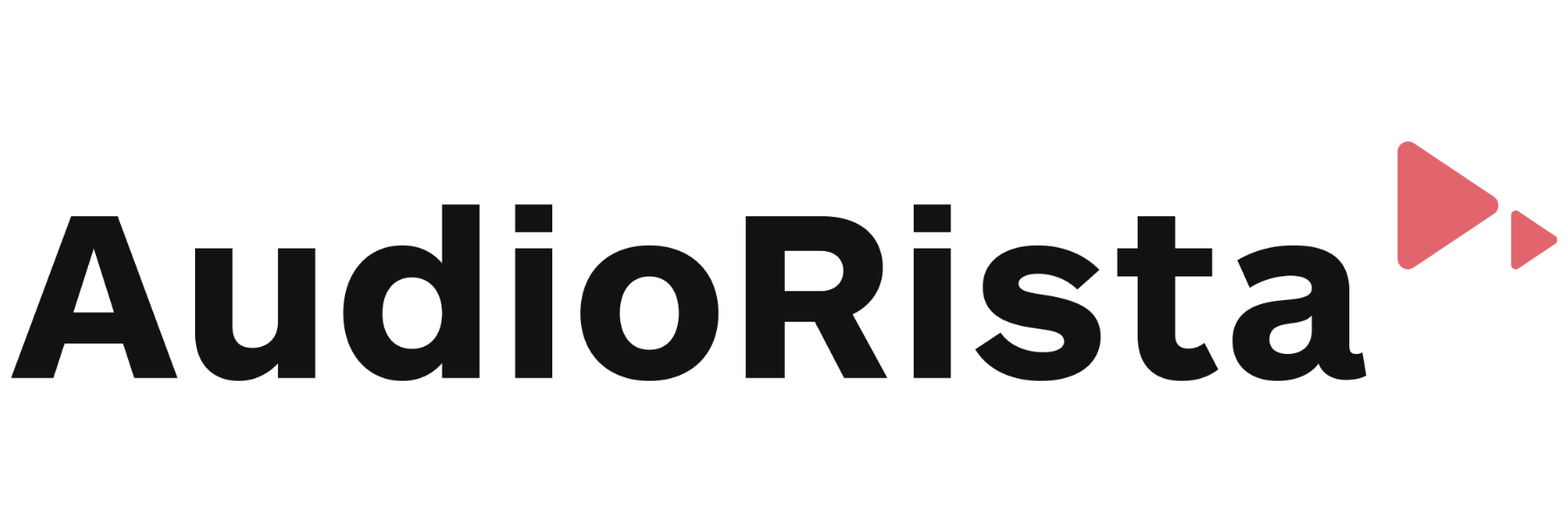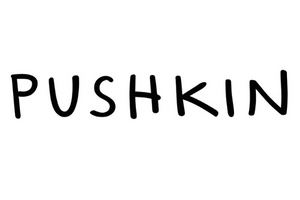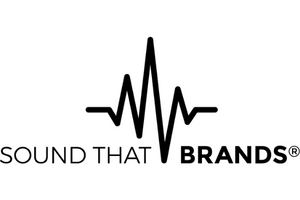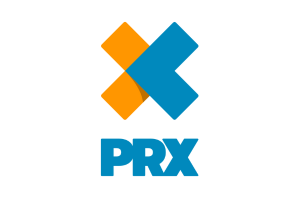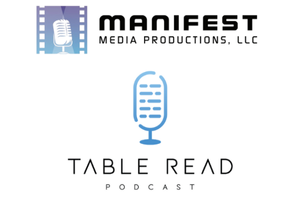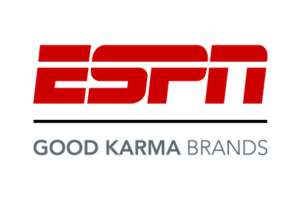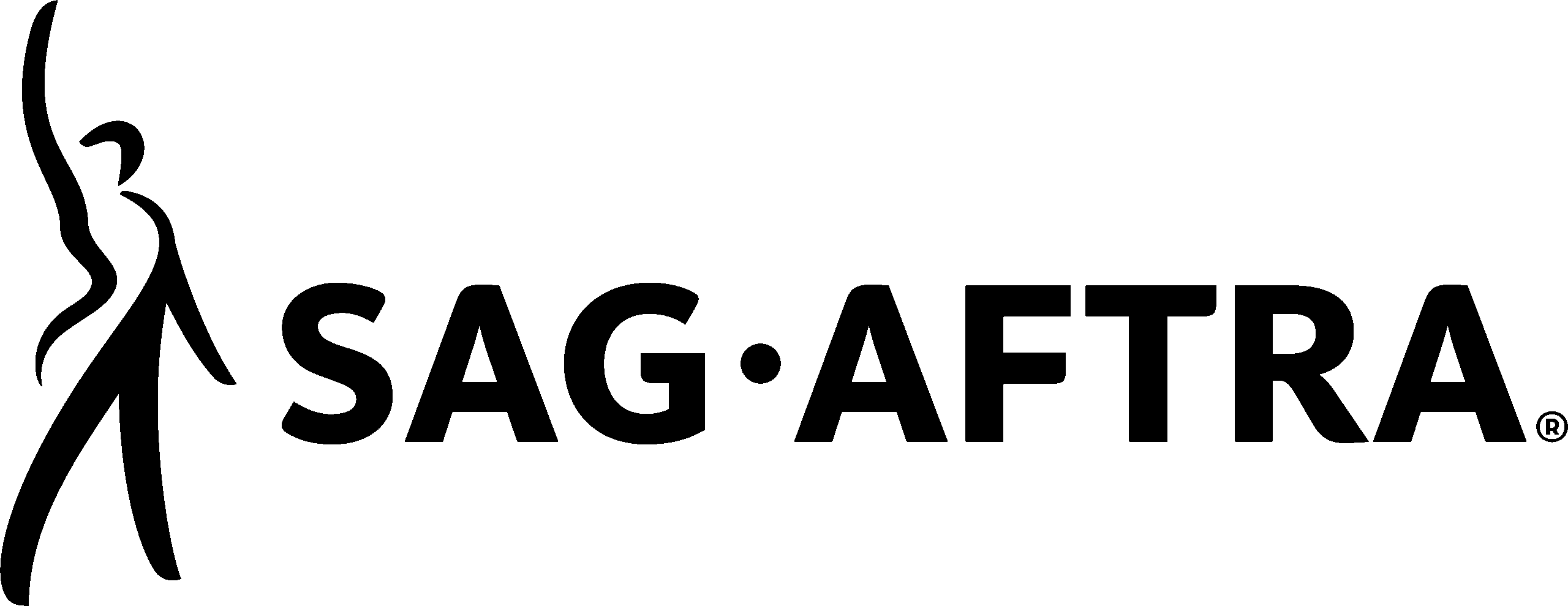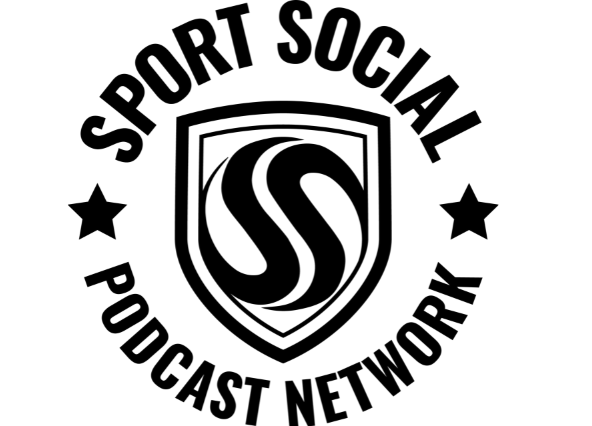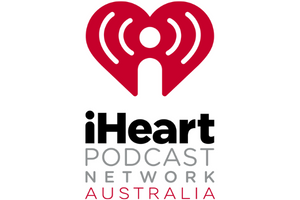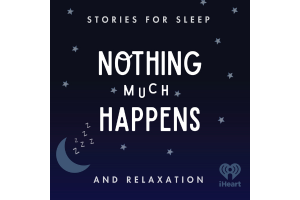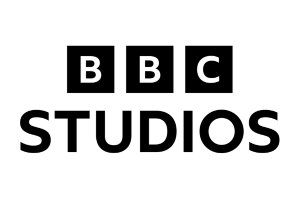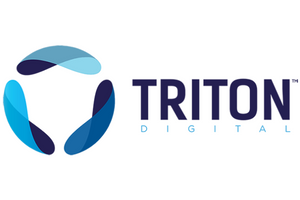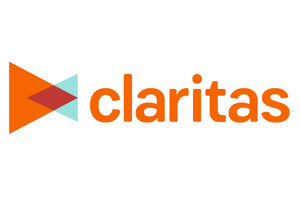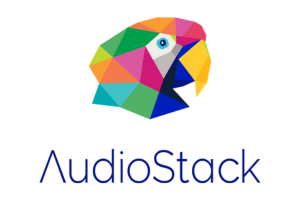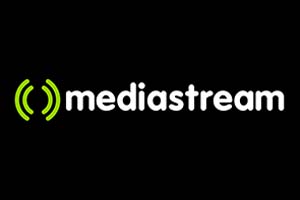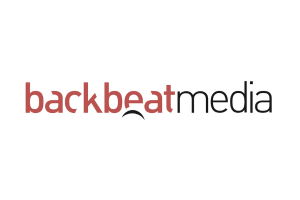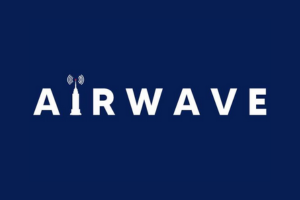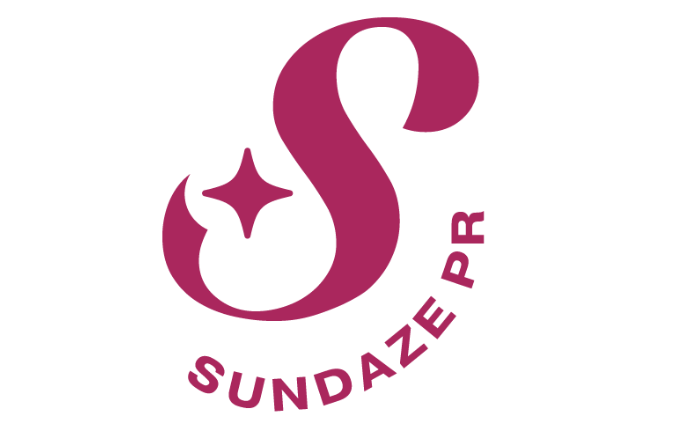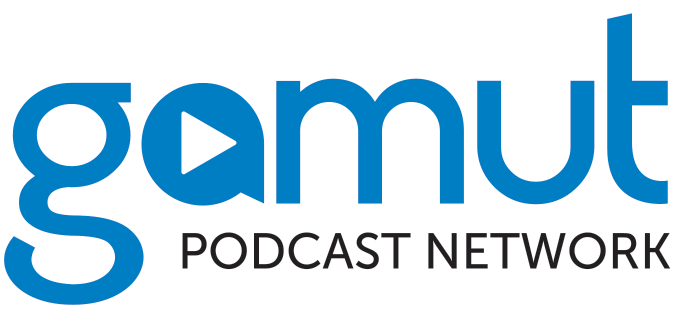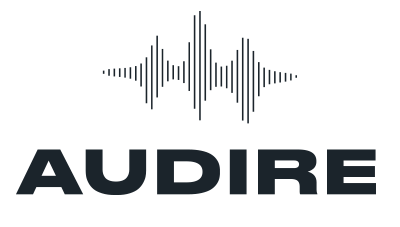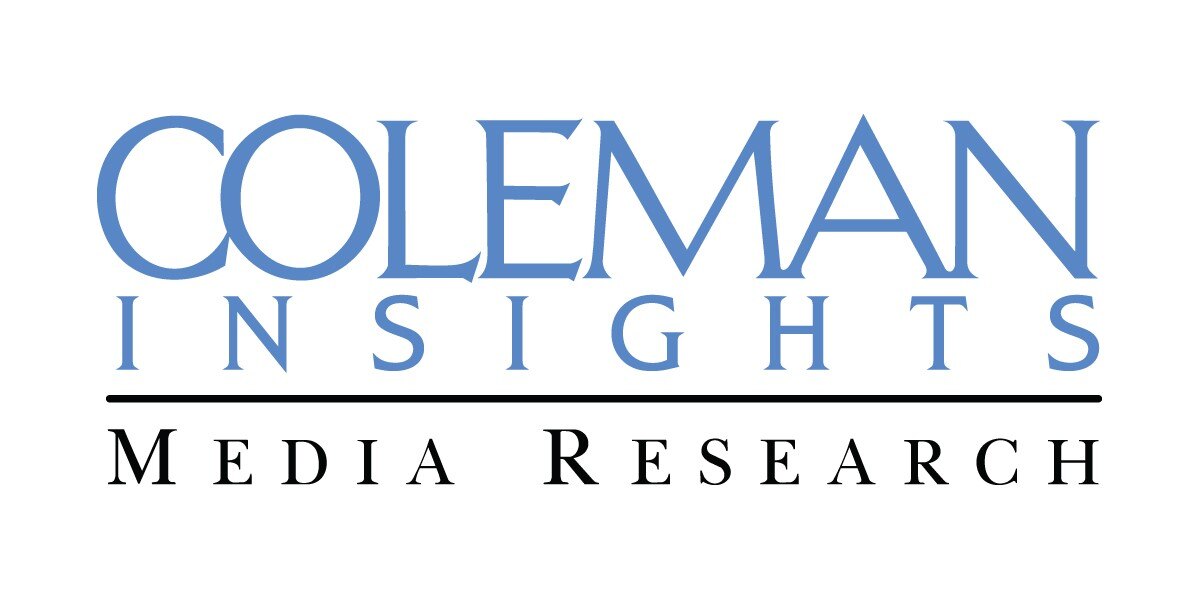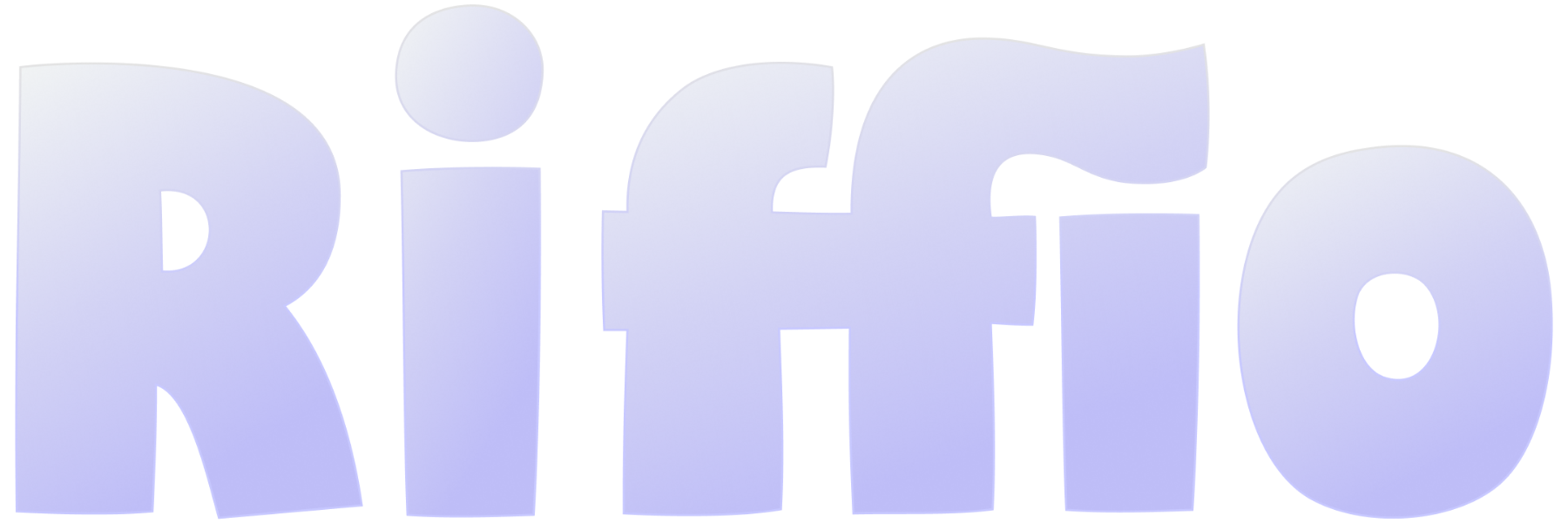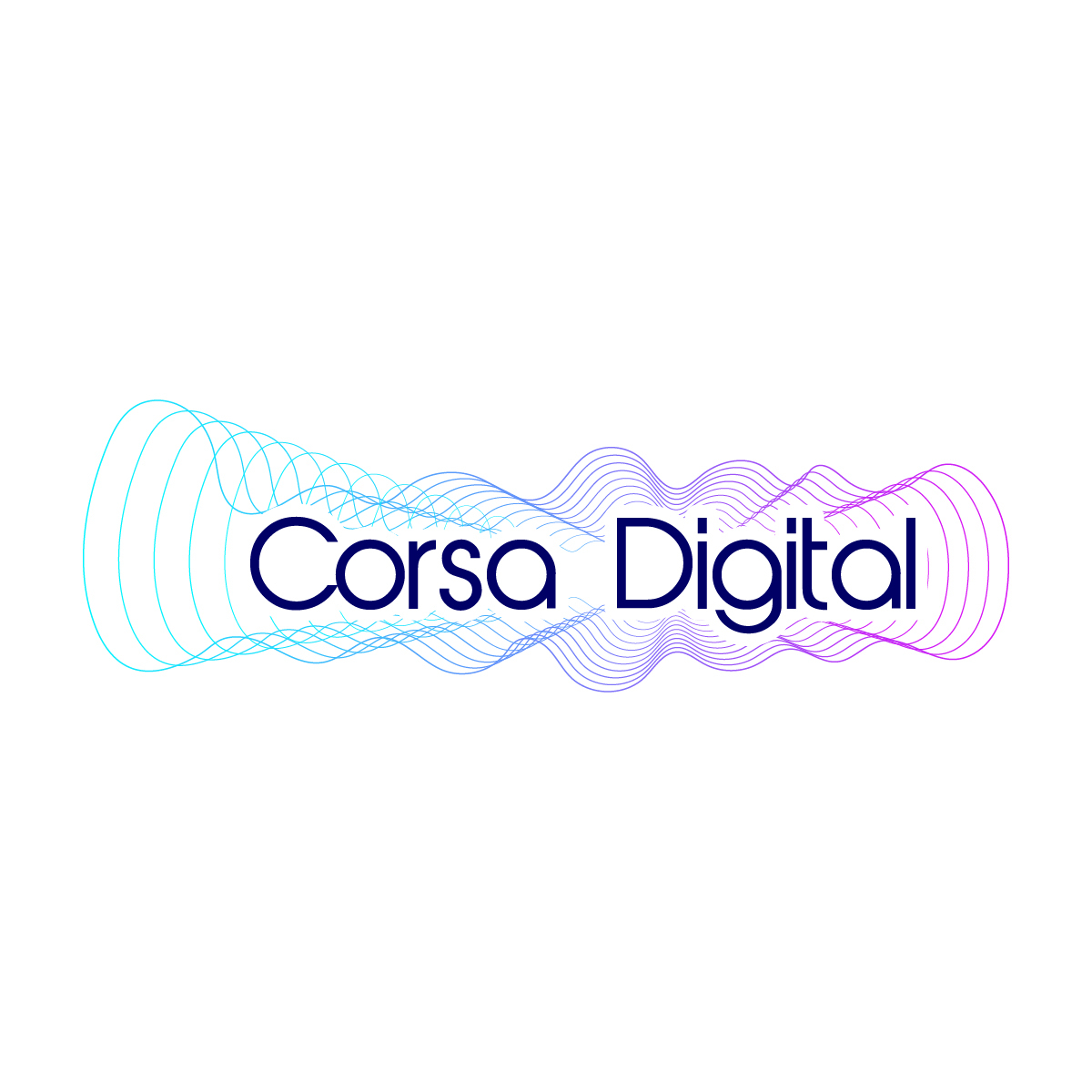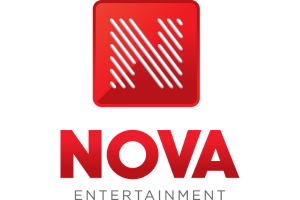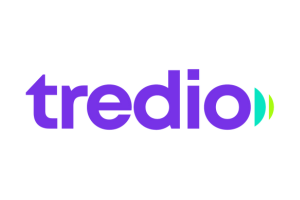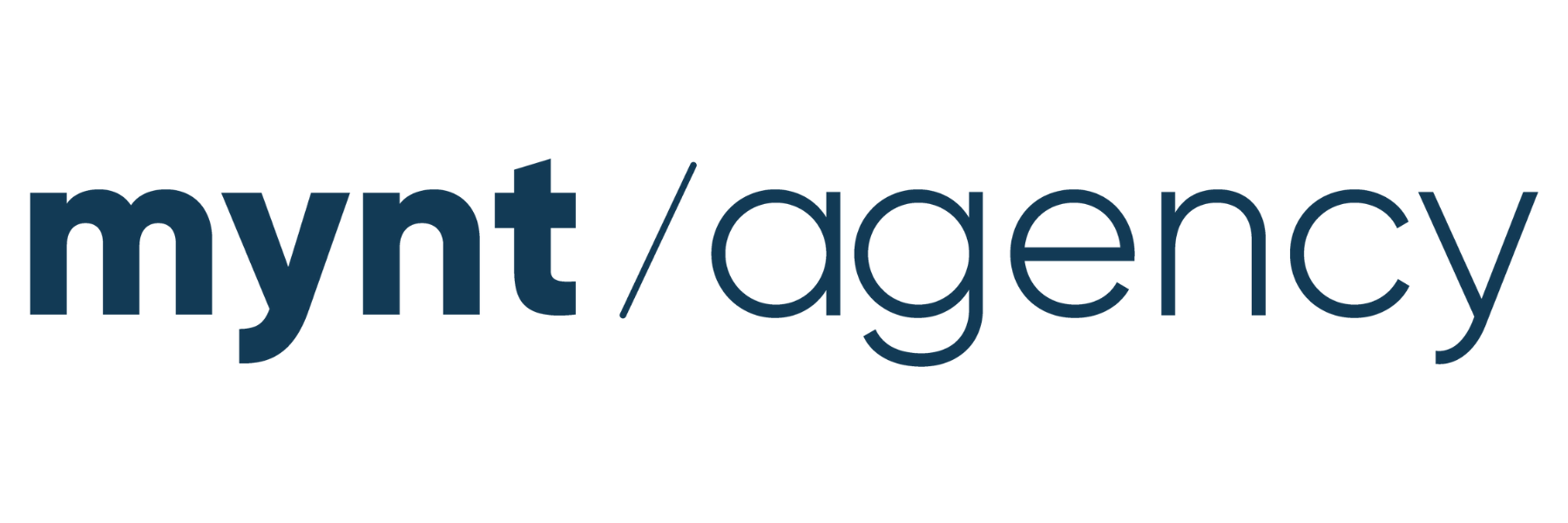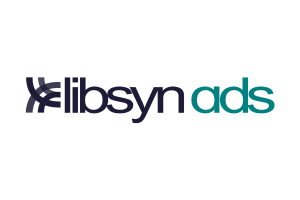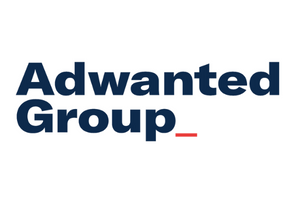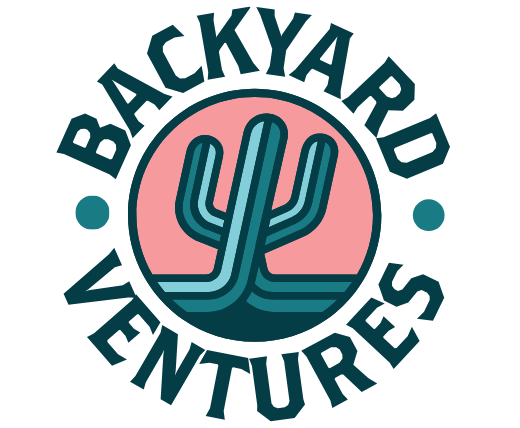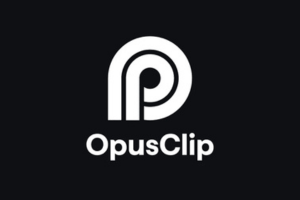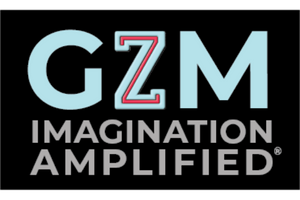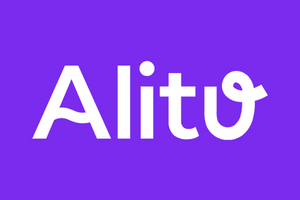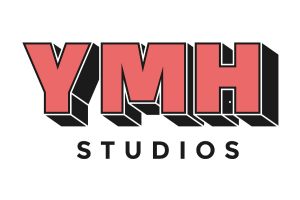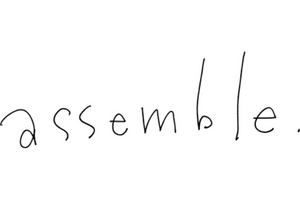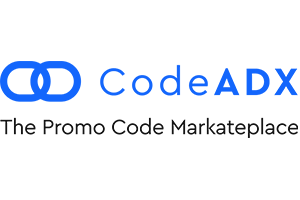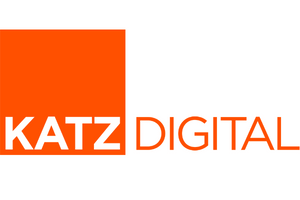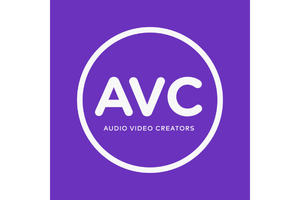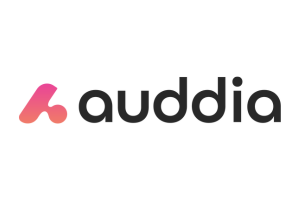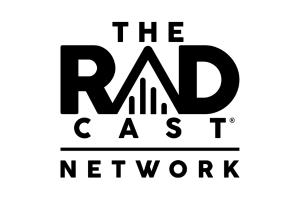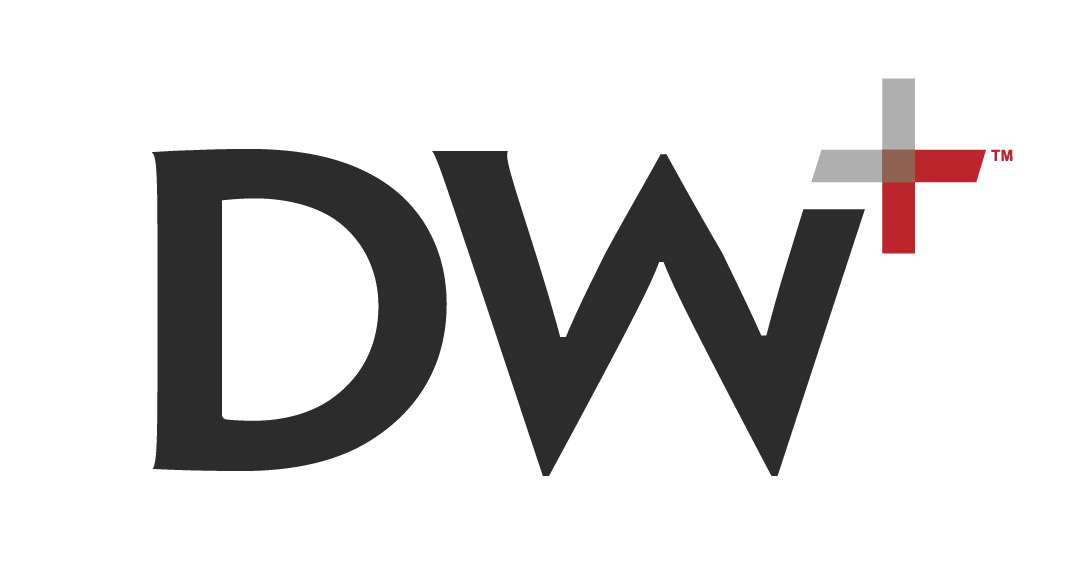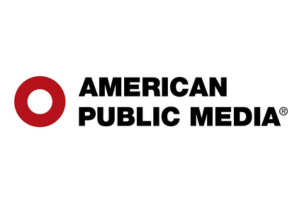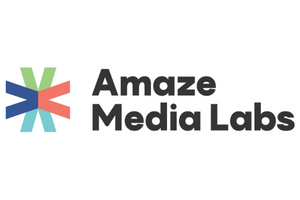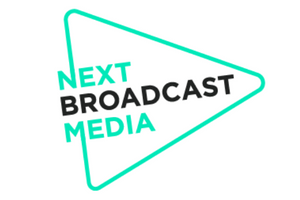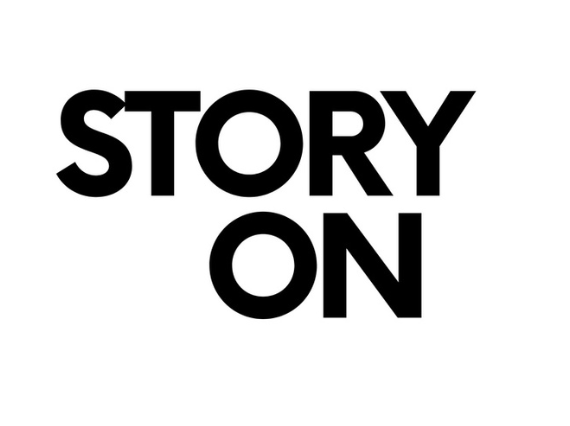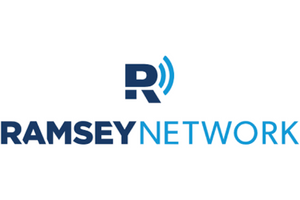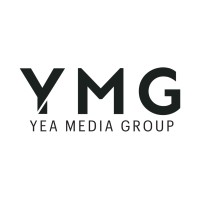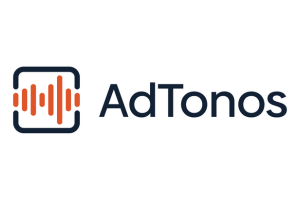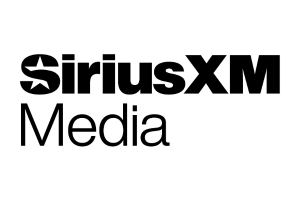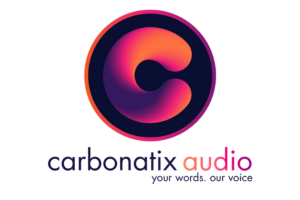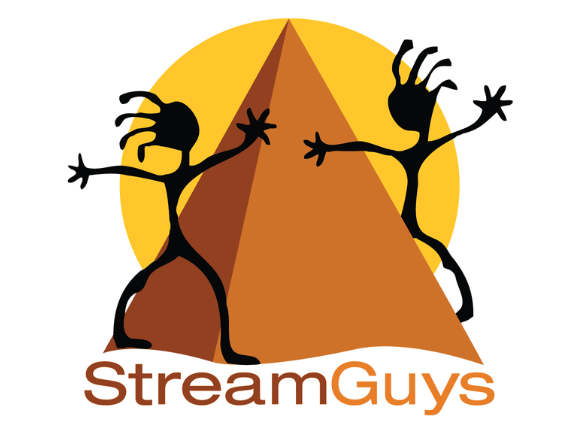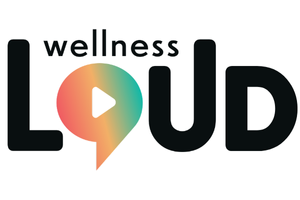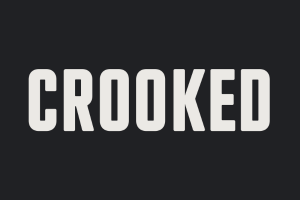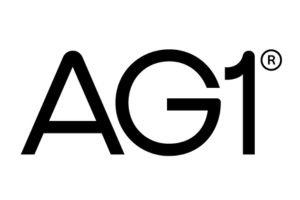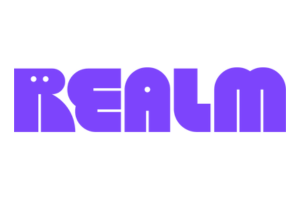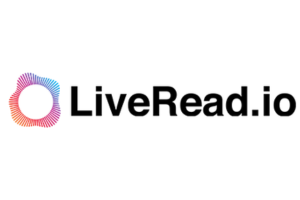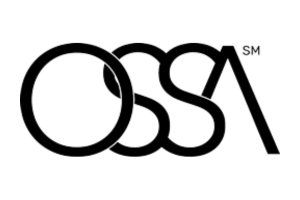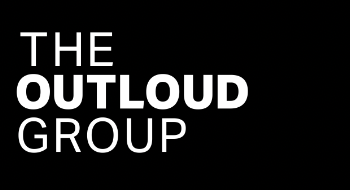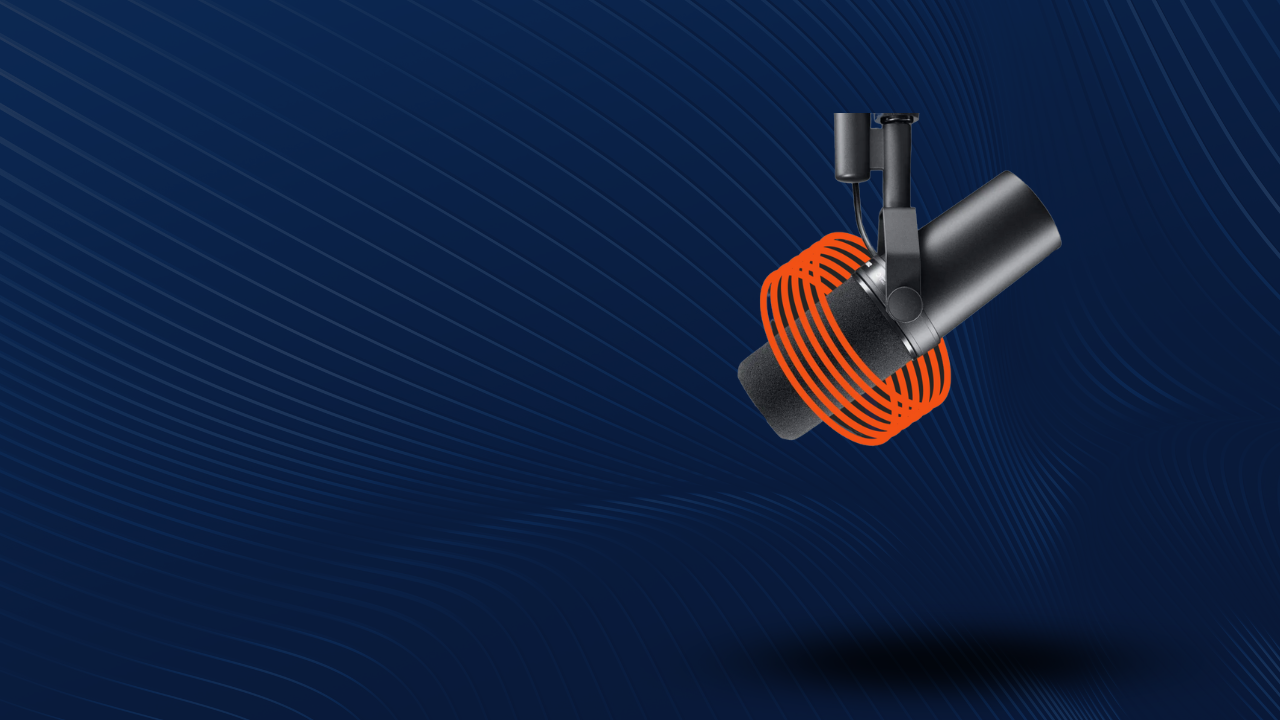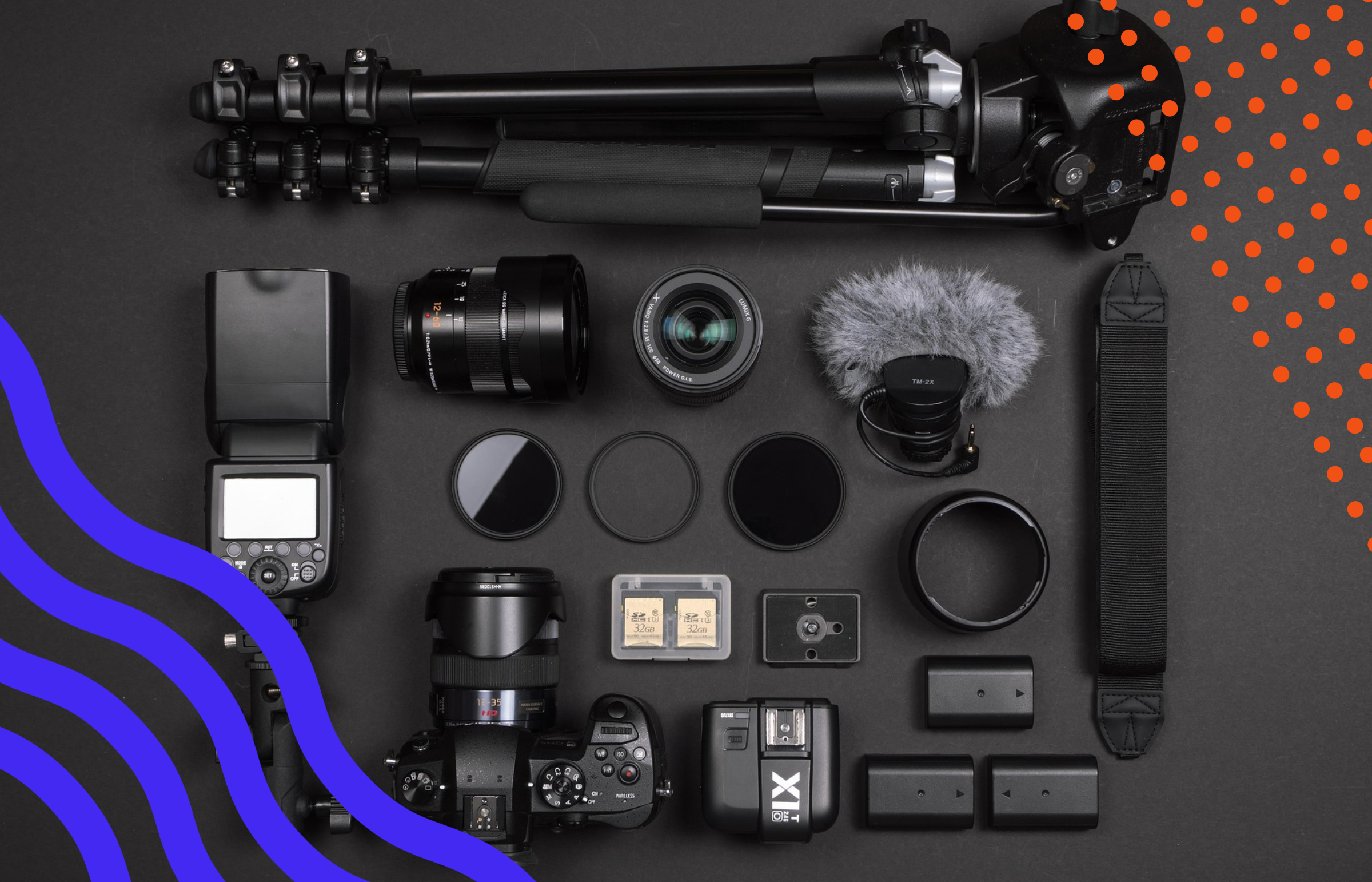Yesterday, we released our latest research project, The Advertising Landscape: Trust and Attention, and it really is a groundbreaking study in design and execution. It’s very difficult to get a true cross-media comparison of multiple ad-supported media platforms across multiple criteria. Thanks to a huge sample (over 5,000 Americans 18+) and a novel research design, this project has done just that: a credible comparison of 22 ad-supported platforms and how they perform in over 20 different parameters. We’ve done this by honing our inquiry to each platform’s “prime” users: the daily, most active users of each ad-supported medium. This enabled us to make a true apples-to-apples comparison of every significant place an advertiser could place their money, from podcasting to Streaming TV to Facebook. What we found isn’t just good news for podcasting—it’s a complete reframing of how we should think about the medium’s role in the advertising ecosystem.
Effective Reach
Let’s start with the headline that made me double-take: podcasts achieve 86% recall of advertising among their prime users. That’s not a typo. Eighty-six percent. To put that in context, that’s the highest ad recall rate we measured across any medium in the study.
The study shows that ad-supported podcasting reaches 31% of Americans monthly, which is certainly lower than some other platforms, like commercial AM/FM radio or Facebook. But here’s where the math gets interesting, and here’s where I want to introduce a concept that I think will change how you think about media planning: effective reach.
Effective reach is simply reach multiplied by recall. It’s not enough to put your message in front of eyeballs or earballs—those senses actually need to process and remember what they’ve seen. When you calculate podcasting’s effective reach (31% × 86%), you get 27%. That means more than one in four Americans not only could see your podcast ad but would actually remember it.
Compared to platforms with much larger nominal reach, podcasting suddenly doesn’t look like the scrappy underdog anymore. It looks like the smart money.
The Demographic Advantage
One of the findings that absolutely floored me was that podcasting shows no gender gap in advertising attention, which I wrote about last week. Men and women recall advertising in podcasting at nearly the same rate (86% and 85%, respectively), which is virtually unheard of in media research.
I’ve been analyzing media consumption data for decades, and almost every other platform shows some kind of attention differential between men and women. But podcasting? Dead even. This isn’t just a nice-to-have for advertisers trying to reach female consumers—it’s a fundamental advantage that most other media can’t match.
We also observed this consistency across all age groups—89 % recall for both 18-34 and 35-54 year-olds and a very respectable 77% for 55+. Most media shows dramatic falloffs across age groups. Podcasting maintains both reach and effectiveness across the spectrum, with particularly strong performance among the multicultural audiences that many brands struggle to reach authentically.
The Authenticity Premium
One of my favorite findings from this research gives us concrete evidence for something we’ve all felt intuitively: 45% find podcast advertising “authentic and natural.” This ties podcasting with TikTok for the highest authenticity scores we measured.
But here’s the crucial difference: TikTok’s authenticity comes from its algorithm-driven, youth-skewing content ecosystem. Podcasting’s authenticity comes from something much more durable—the self-selected relationship between hosts and their audiences that cuts across demographic and other divides. When you choose to subscribe to (sorry, follow) a podcast, you’re making an intentional decision to let that host into your life on a regular basis. That creates the kind of trust that advertisers simply can’t buy anywhere else.
The Trust Dividend
But here’s where things get really interesting and where I think we’ve been underselling podcasting’s true value proposition. We’ve always talked about trust in podcasting, but we’ve never quantified it at this scale. The numbers are striking:
- 46% of Americans trust podcast content moderation. Compare that to Facebook at 26% or Reddit at 25%.
- 51% believe podcast content is factual and accurate.
- And here’s the kicker: 48% believe podcast advertising claims are true.
To put this in perspective, social media platforms average in the 30s for advertising claim believability. That’s not just a small difference—that’s a fundamentally different relationship between audience and content. Across virtually every trust metric we measured, social platforms consistently ranked at the bottom. Discord, Facebook, Reddit, and Threads all scored between 19% and 25% on advertising message trust.
This creates what I’m calling a “halo effect” in reverse—the general lack of content credibility on these platforms creates a negative association that drags down advertising effectiveness. People don’t just not trust the ads; they don’t trust the environment in which they appear.
As we saw with attention, that trust gap persists across all demographics. While the 35-54 demographic showed the highest level of trust in podcasting’s voices, the medium was the most trustworthy with 55+ as well. Moreover, multicultural audiences show exceptionally high trust in podcast advertising. Black audiences show 51% trust in podcast advertising voices. Hispanic/Latino audiences hit 49%. Asian audiences reached 46%.
Podcasting represents a massive opportunity for brands trying to authentically reach diverse consumers. Hispanic/Latino audiences rate podcast advertising 19 points higher in authenticity than social media. That’s not just a preference—that’s a revelation.
Decoding The Landscape
I’ve been in this business long enough to know that no single study tells the complete story. But The Advertising Landscape shows us that podcasting has moved beyond being an “experimental spend” or a “nice-to-have” in a media plan. The combination of high attention, exceptional trust, and demographic consistency that podcasting delivers doesn’t exist anywhere else in the media landscape.
The challenge for our industry isn’t proving that podcasting works anymore—it’s making sure that agencies and brands understand just how well it works and how it can amplify their other media investments. Because here’s the thing: when you have a medium that delivers 86% ad recall among a highly trusting, demographically diverse audience, you don’t just have an advertising vehicle. You have a competitive advantage.
And that, my friends, is what I call the trust dividend. It’s time we started collecting on it.
The full Advertising Landscape: Trust and Attention report is available here. Thank you to Signal Hill Insights for fielding the study and to our research partners in this research: American Public Media, BetterHelp, ESPN Podcasts, Media Bodies, NPR, and the SiriusXM Podcast Network.
New Partners
Sounds Profitable exists thanks to the continued support of our amazing partners. Monthly consulting, free tickets to our quarterly events, partner-only webinars, and access to our 1,800+ person slack channel are all benefits of partnering Sounds Profitable.
- Flightcast: The video-first podcast hosting platform.
Want to learn more about partnership? Hit reply or send us an email!

